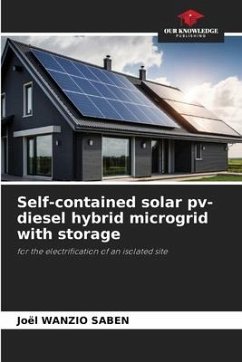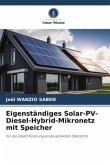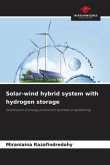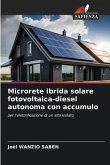The aim of our research was to develop a microgrid model capable of electrifying isolated sites in the DRC. Based on our research, we can say that the model developed is technically and economically viable. The PV solar field is the main source, providing a significant portion of production, with a share of 67.1% of total annual production, or 173189 kWh/year, compared with 32.9% from the diesel generator, or 85093 kWh/year. Excess electricity production represents around 18.9% of total annual production, i.e. 48863 kWh, with a penetration rate of 55.1% for renewable energy. The cost per kWh of the architecture selected after optimization is 0.295$/ kWh or 590 Fc/ kWh with a payback time of 2.43 years. The present value of $240280, the equivalent annual cost of $3580, the return on investment of 20.4%, the internal rate of return of 32.2%, the discounted payback period of 2.56 years, a positive net present value of $989701.40 show that the investment is profitable.








